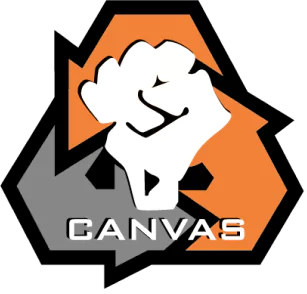Dec 10, 2011-2011
Russia
Snow Revolution
Share
ACTIVISTS/ACT.GROUPS/DESCRIPTION OF THE GROUP
Multiple opposition groups
TARGET
Electoral fraud;United Russia party; Vladimir Putin
WIDELY HELD BELIEF
Elections should be fair and free.
CASE NARRATIVE
Issue and Opponent: Russian politics had long been dominated by the United Russia party. The United Russia Party is a centrist party created by the elite to support their favored candidate, Vladimir Putin. On December 4th, 2011, elections for the national legislative body were held, and the United Russia party coincidentally won 52.88% of the seats. There had been multiple reports citing election fraud, however. In one instance, poll watchers claimed that election officials had stuffed ballot boxes or had miscounted votes purposefully.
Dilemma Action: Fed up with electoral fraud, several opposition groups merged to protest against the results of the election. One of the largest initial protests was called “Saturday at Bolontnaya Square”, for which the organizers had secured a 30,000-person protest permit. The mass protest called for the freedom of political prisoners, the annulment of the election results, and new democratic and open elections. During the protest, protestors used white ribbons, and the color white in general, to unite against electoral fraud. The color white came to symbolize truth, sincerity, and solidarity for the protesters. Nearly 50,000 people attended the protest in Moscow, one of the largest protests since the fall of the USSR. Supporters of the campaign used white construction tape, printed paper, grocery bags, and even white laces to show their support for the protests.
Outcomes: Though protesters remained peaceful, the police arrested over a thousand protesters for allegedly participating in disorderly conduct. The Russian government also cut off phone and internet services at Bolontnaya Square during the protest. Police and riot troops were deployed in Moscow ahead of the protest. The election results were not annulled and none of the campaign’s demands were met. In the months following, the government enacted laws that limited protests and highly penalized unauthorized actions or protests.
PRIMARY STRUGGLE/GOAL
NONVIOLENT TACTICS USED
DA TACTICS USED
Displays of flags and symbolic colors
CASE NARRATIVE WRITER
SUCCESS METRICS
6 / 12
(MC) Media Coverage
(MSYMP) Media coverage was sympathetic to the activists
(OR) Opponent response
(PS) Dilemma action built sympathy with the public
(PUN) Punishment favored the activists
(SA) Dilemma action appealed to a broad segment of the public
PART OF A LARGER CAMPAIGN
3 / 3
Activist group continued working together after the action
Encouraged more participants to join the movement
Internally replicated by the same movement
RESOURCES
Project documentation
Dilemma Actions Coding Guidebook
Case study documentation
Dilemma_Actions_Analysis_Dataset
SOURCES
N. Petro, Nicolai. 2011. “Russia’s Smouldering ‘White Revolution’,” Open Democracy. Retrieved July 22, 2023. (https://www.opendemocracy.net/en/odr/russias-smouldering-white-revolution/).
Ioffe, Julia. 2011. “Snow Revolution,” The New Yorker. Retrieved July 22, 2023. (https://www.newyorker.com/news/news-desk/snow-revolution).
Related cases
Mar 13, 2021-2021
United Kingdom
The abduction and murder of 33-year-old Sarah Everard was another brutal reminder of the violence women face at the hands of men. Everard was walking home to Brixton f...
/
Sep 15, 2007-2007
Myanmar
The issue was the violent response of the Burmese military regime to the 2007 Saffron Revolution protests, and reigning superstitious beliefs held by the junta. The ma...
/
Mar 1, 2019-2021
United States of America
Devin Nunes has boasted to California voters that he is a Central Valley farmer in the past. However, in 2018, it was discovered that Nunes did not own a farm in Calif...
/
Subscribe to our newsletters to get full access to all materials on our website.

